“I want to have your kittens, nya!”
Eris to Rudeus
Alright, starting strong today with Eris’s quote from Mushoku Tensei. Eris is a young noble lady of the Greyrat family. The Greyrats are so fond of beastfolk, to the point of their maids are all human-animal hybrids. But hold on a second, first of all what is a beastfolk?
Beastfolk or beastman/beastwoman is a character trope that puts animalistic traits to people. Think of people with cat or dog ears, claws, or even wings or tails. Their wild attributes also match with their behavior. Commonly, beastfolk in anime behave more like their respective animal rather than a normal human.
The Greyrats’s library and mansion would be a perfect start for researching beastfolk. Alas, one must got hit by truck-kun first before getting a ticket to visit. So, that’s a pass for now.
However, stories and depictions of beastfolk are so abundance and its history is way older than most would think.
Early Beastfolk, Edo Period Cat Girl
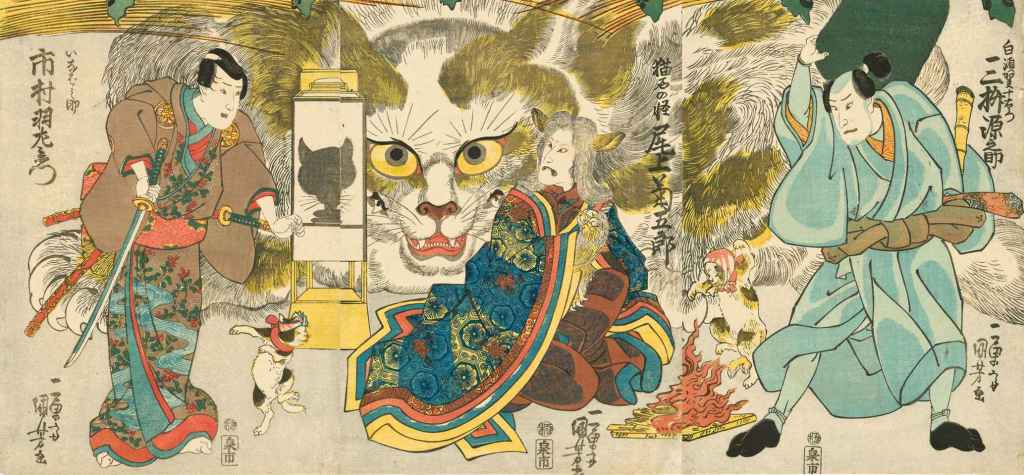
Interestingly enough, the concept of beastfolk in Japan might originate way back in 1700s, specifically for the cat girl variant. The first cat girl made its first appearance in the book Hanazumo Genjibiki in 1775.
This book mentions a scene of a bakeneko prostitute. Now, what’s the deal between bakeneko, a cat yokai, with late night adult service? Apparently, with the rise of art and literature in the Edo period, that particular scene from Hanazumo Genjibiki gained so much popularity.
And day after day, there were more and more paintings and piece of written story depicting that particular scene. The power of fanfic and fanart turns out to be strong even in the olden days. Japan’s love for cat also played a role in the widespread of cat girls. Artists, like the famous Utagawa Kuniyoshi, had a reputation of producing many cat-centric arts.
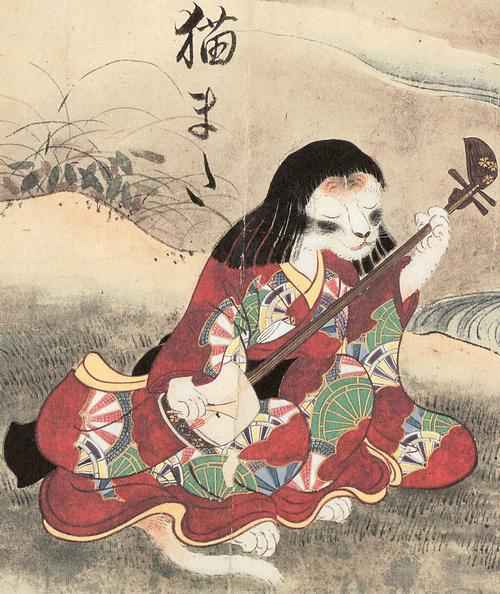
The cat girl concept was also picked up by Yuujo, which is a term for adult entertainer. These Yuujo would often complement themselves with catlike ornaments and surround themselves with pet cats.
The reality of horrible life these Yuujo lived also further cement the cat girl concept in the night life industry. These girls were often forced to keep a thin body and were sleep-deprived from working all night. So, their male customer would often woke up seeing them chewing on some leftover food.
From the old iterations of cat girls to the now modern interpretation, the animal ears are the one feature that always stands out. This type of beastfolk in anime is often called Kemonomimi.
Cute Kemonomimi
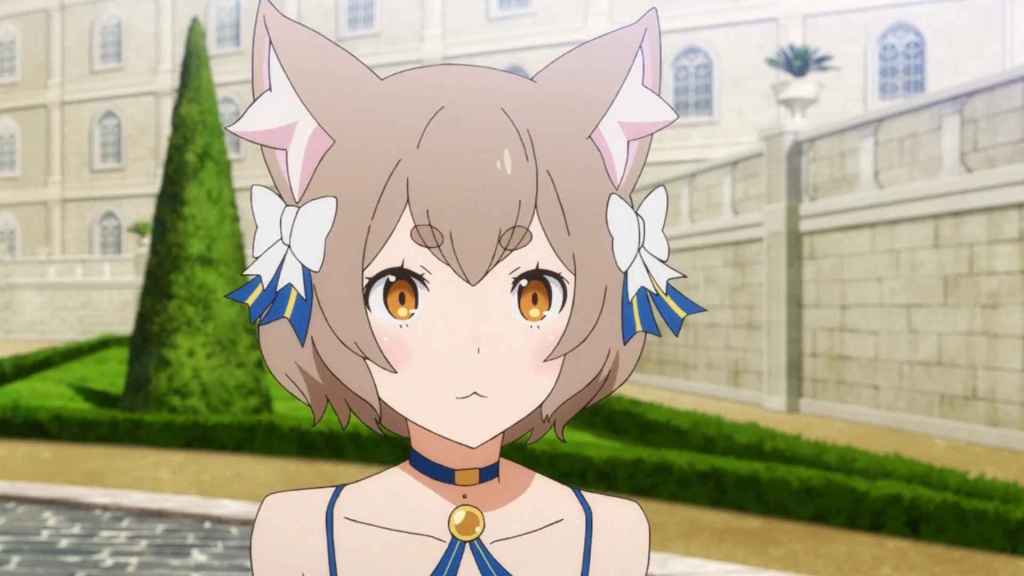
Kemonomimi is not a full-blown beastfolk. Instead, they mostly only posses animal features that scream cute or adorable. These features can include ears, tails, and sometimes paws. However, the body or skin of the characters are strictly not covered in fur, so they still look very human.
This trope, more often than not, caters to the moe demand in anime. The addition of animal features further enhance the cute image of the characters. For that reason, the chosen animals for the kemonimimi are the ones known for its cuteness, such as cats, dogs, and bunnies.
However, some kemonomimi has a tough character twist, a sort of gap moe. Take Ghislaine from Mushoku Tensei, her animal features are the bread and butter of kemonomimi. Add her outfit into the mix, you might as well assume she is also a bit of a fanservice.
However, her character is far from cute. Ghislaine, as the vanguard of the Greyrat family, has an extensive combat experience and capability. On top of that, her personality and muscular build further accentuate her warrior trait.
More Animalistic Kemono
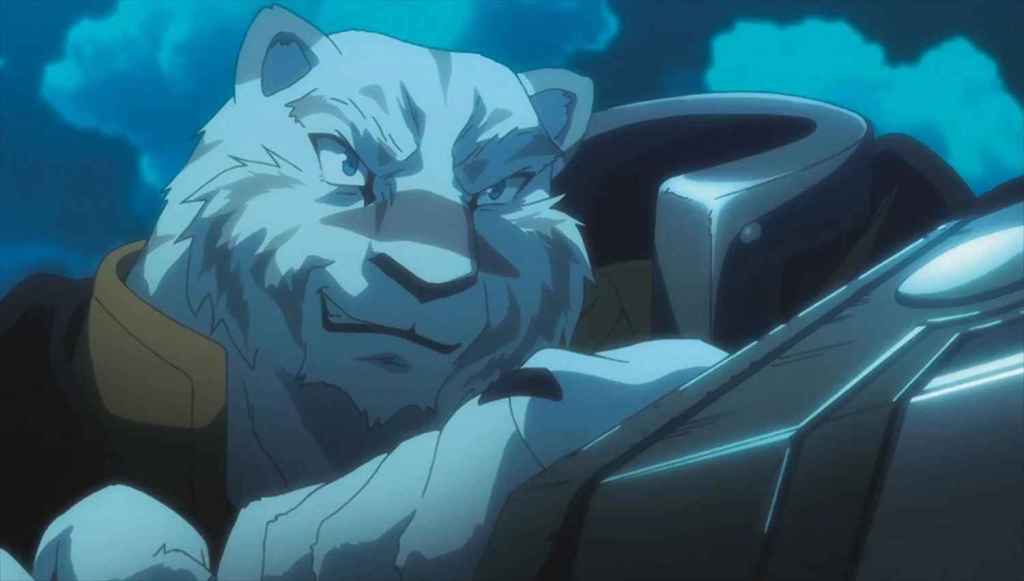
On a related note, in contrast to the kemonomimi, a character is called a kemono when they have more animal features. They usually have an animal head, a body covered in fur, hair, or feather, and generally more animal-focused appearance.
Kemono characters also typically have great physical strength, surpassing even a well-built human can achieve. This trait often becomes the trade-off of being a human-animal hybrid in stories involving artificial kemono.
Even though this type of beastfolk is below the kemonomimi in terms of popularity, it is deep rooted in the real humanity’s culture. Stories within various religions and mythology feature godlike entities that have animal heads. In this case, sometimes their animal heads represent the thing they are worshiped for. For example, Ganesha, the patron of art and science in Hinduism, has a large elephant head, which represents wisdom and intellect.
As far as kemonomimi traced back in history, it seems like characters of the kemono type has been around for longer in various cultures. However, the kemono type mostly only appears in the fantasy genre, especially in anime and fictional works.
Beastfolk Portrays Races And Discrimination In Fiction
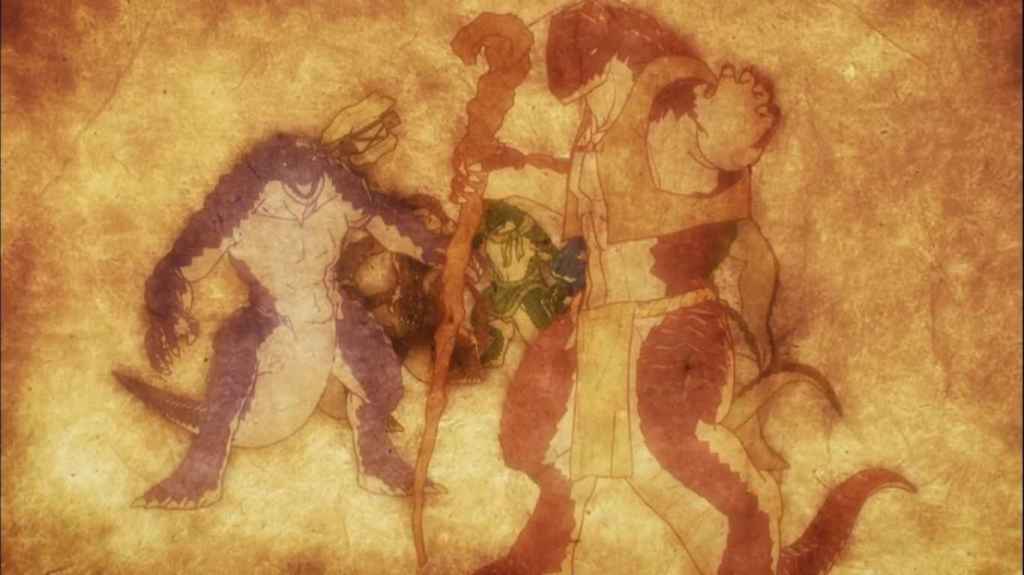
The inclusion of beastfolk in anime, or any other fiction for that matter, provides the writer with options in worldbuilding and introducing creative imaginary cultures. The simplest way to tell a person is different is by showing to the audience how distinc they look compared to the rest of the characters.
The beast race is one of the fictional races in many fantasy works. However, where Elves are synonymous with forests, dwarves with iron and blacksmithing, beastfolk are often associated with tribal or nomadic society.
While sometimes beastfolk is portrayed as a serene and far from human’s touch type of society, other times they play a role of the big bad waiting to ambush the protagonist. In anime, this would be very similar to yokai which often depicted residing in the deep forest. One example is Holo in Spice and Wolf, which will get a remake in 2024.
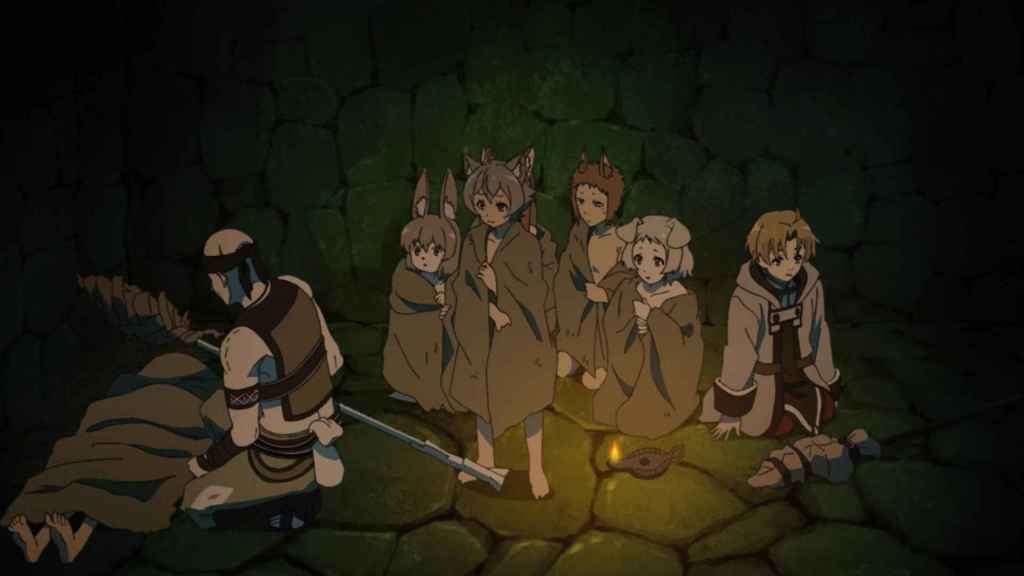
On a sadder note, writers often create beastfolk as a victim of discrimination. In this kind of depictions, beastfolk are associated with curses, warring clans, and even trafficking. Although discrimination in general is a thing that shouldn’t happen, it is a powerful tool for worldbuilding and making a great story.
Perhaps, there is a notion that discrimination toward a race that’s alien to humans is more convenient to write, and it’s not limited to anime only. The more different they are, the easier for writers to draw a line where humans in their story are willing to tolerate.
Can’t Ignore The Sexualization
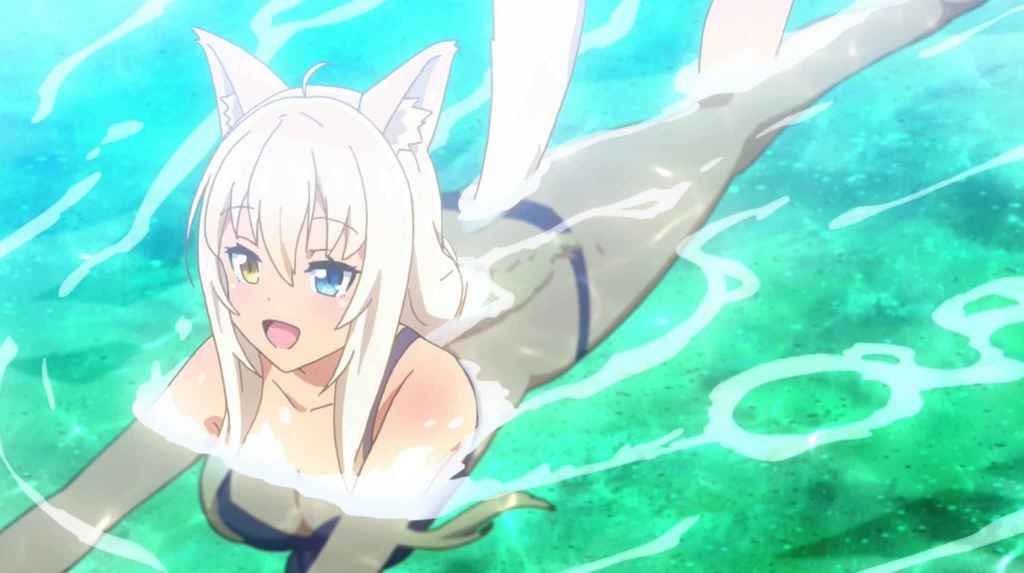
There is no doubt, in any given time in human society, that sex sells. Sexualization is not a pretty thing, but it has been around in literature and movie making for a long time, beastfolk is not an exception in this either.
However, sexualizing human-animal hybrid characters caters to a more niche demographics. Of course, characters like this often wear revealing outfits and sometimes have flirty personality. Aside from the mainstream attractiveness of kemonomimi, there is a whole lot of fans who prefer, sexually or not, the kemono type of beastfolk. There is even a subculture dedicated for fans of anthropomorphic animals called the furries.
There are many instances of sexualization on beastfolk. If you are looking for examples and don’t mind heavily sexual content, the anime and manga Interspecies Reviewers is probably enough to give all the samples. Although sexualization on the darker side of entertainment, it is hard to deny that when there is a buyer, there is always a seller.
Not Gonna Lie, Animal Features Work On VTubers
A subculture that hops on the wagon of anime popularity is VTubing. A VTuber is someone who streams their online activities like gaming, reviewing stuffs, or just interacting with their fans, under an avatar. Their avatars frequently takes inspiration from anime and manga style drawing, with big eyes, cute image, and moe looks.
There are tons of VTubers on the internet, mainly on streaming services like YouTube and Twitch. However, many if not most of them has taken a kemonomimi avatars. Cat and dog VTubers are the most common, but there are also a whale VTuber, a rat VTuber, a lion VTuber, and too many to mention in one post honestly.
With how mainstream anime in Japan is, and how beastfolk is often featured in anime, it is no surprise that the VTubing community also follows the same path. Interestingly, even some VTubers who initially didn’t debut as animal hybrid began taking animal-like features.
In this case, both Oozora Subaru and Vestia Zeta from Hololive are victims of assigned animal persona. Subaru’s case actually started with her ASMR video, in which fans commented that her voice sounds like Donald Duck from Disney.
This became a popular meme with the community, one of which is the Shuba duck dance with Hey Ya! playing in the background. Even the company and other VTubers of Hololive jumped into the trend.
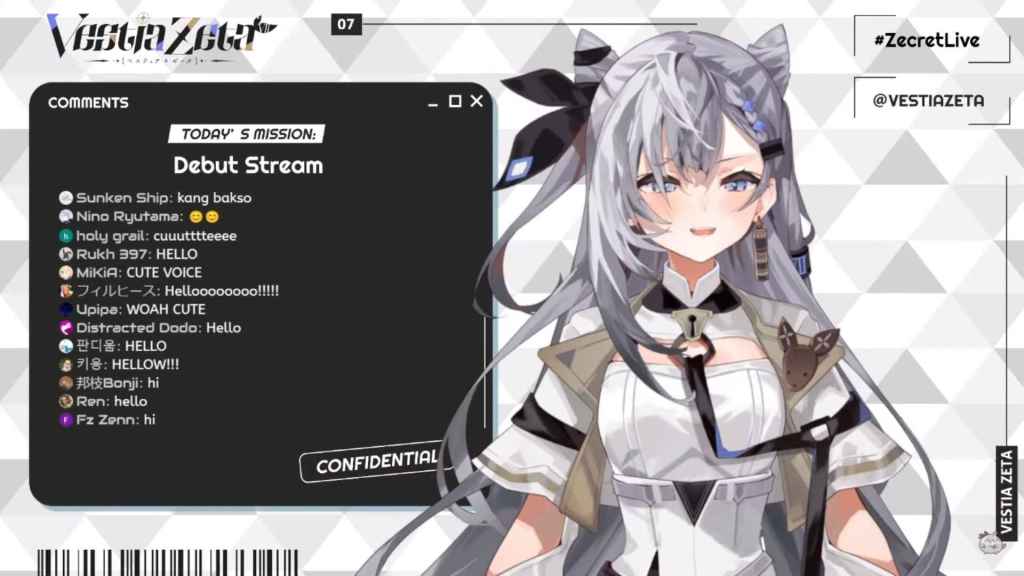
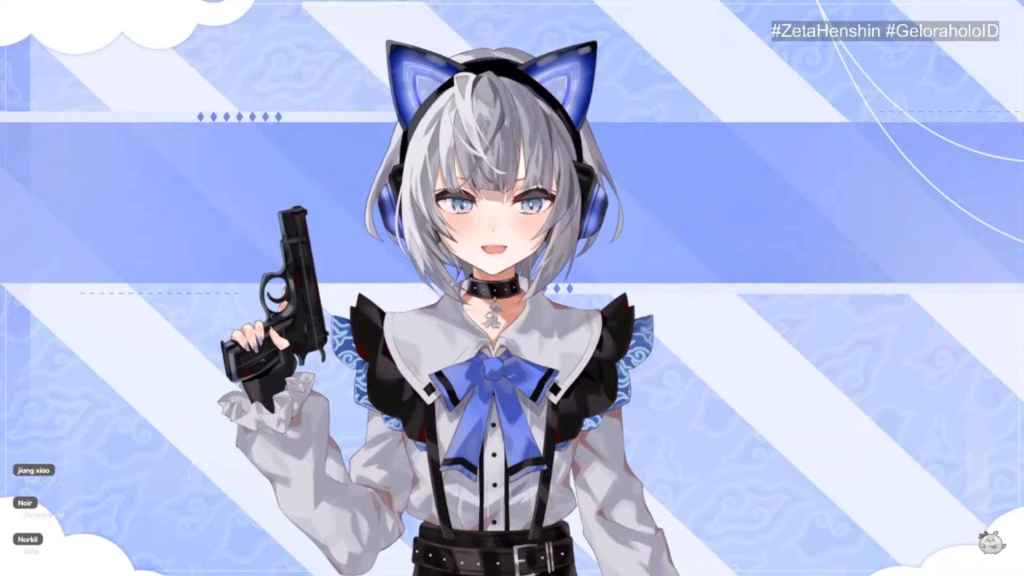
On the other hand, Vestia Zeta has always had a pair of hair clips that are the shape of cat ears. Although the very obvious reference to kemonomimi, Zeta insists that they are strictly hairclips despite fans’ comments on them.
However, on August 2023, Zeta finally took on the cat ears feature deliberately on her new costume. Her initial secret agent persona is now complemented with a cat ears headphone.
Human Culture’s Close Ties With Animals
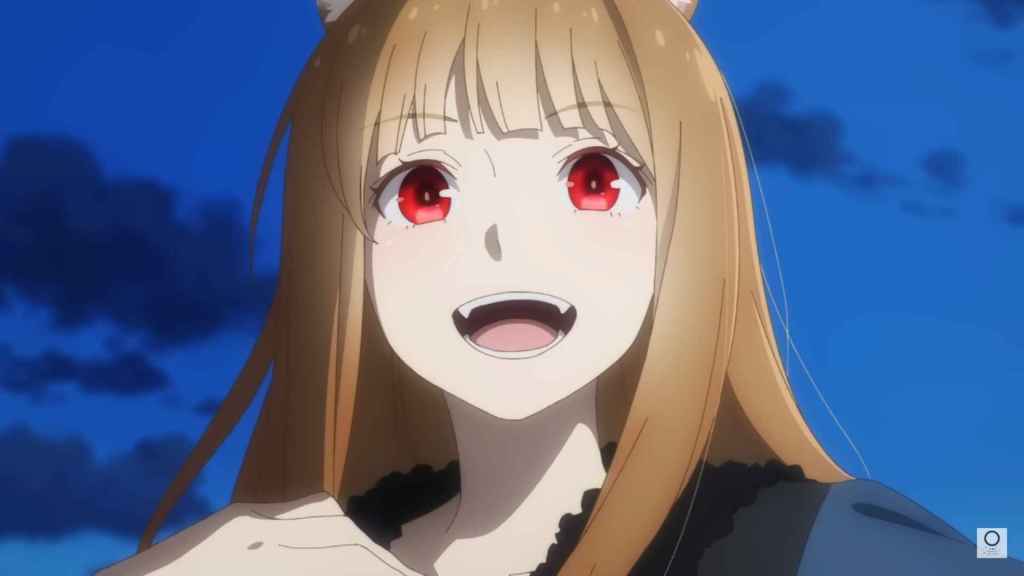
At this point, there is a plethora of reasons for beastfolk to exist in literary works, especially anime. The Japanese culture has adopted this trope at least from the Edo period. The fond of moe characters mixed with yokai, and love for cats has shaped Japan to export many of its stories revolved around beastfolk in general and cat girls in particular.
However, the stories featuring beastfolk and interpretation close to it aren’t limited to Japan. Since the ancient times, humans has worships and tell myths and legends of animals and animal-like entities. Other cultures and beliefs like the ancient Egyptian and Hinduism have some of the most culturally influential gods in civilization.
The old and inert connection between humans and animals. The influence of animals is a big factor in forming various culture. Modern interpretation like anime don’t replace these old roots. Instead they add to the abundance even more. When it’s tied to culture, certain things will carry on despite time has changed so many things.

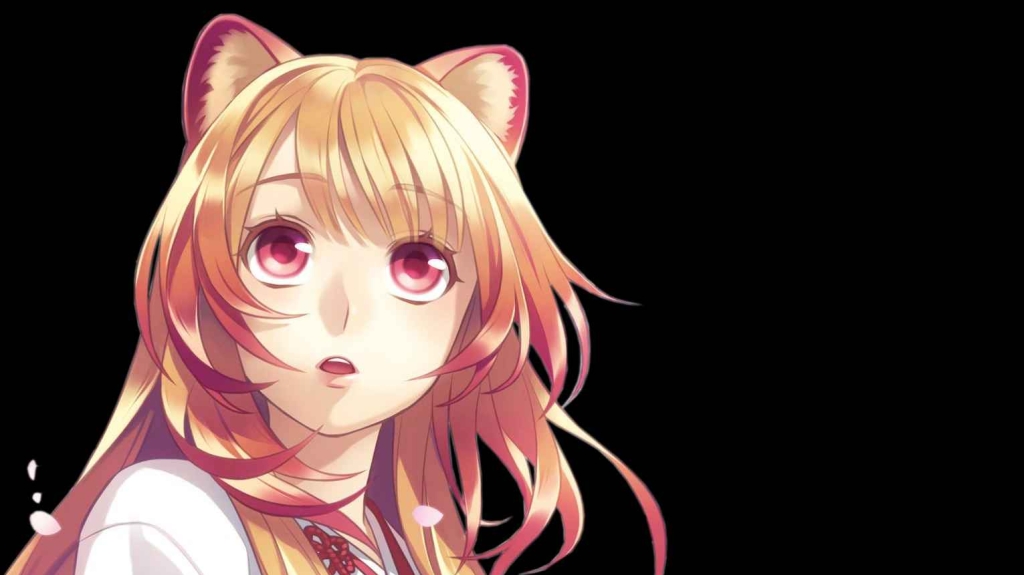
Leave a comment